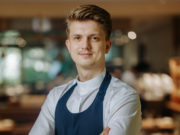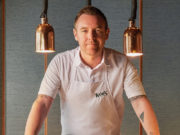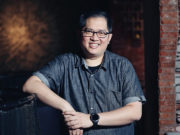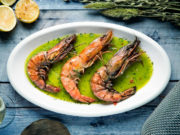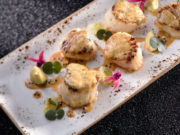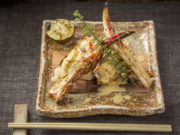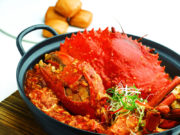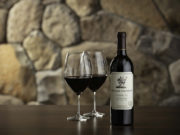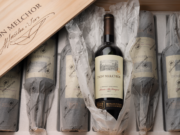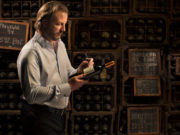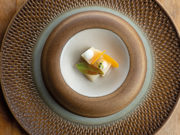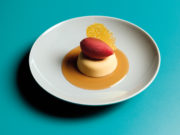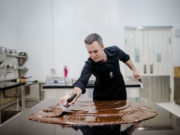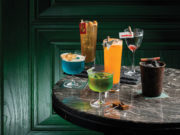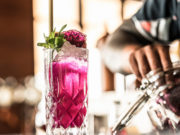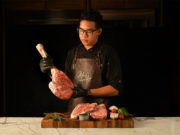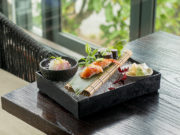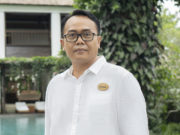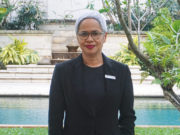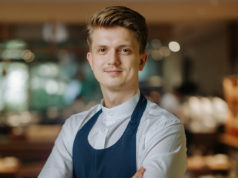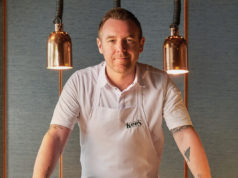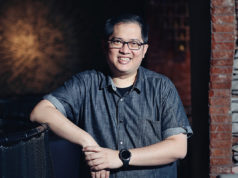 Hailing from Chile, Ozone’s new chef de cuisine, Roberto Riveros, brings South American passion and a wealth of culinary experience to this exceptional sky-high restaurant. As Roberto embarks on the next leg of his gastronomic adventure, following stints in South America and Europe, Exquisite Taste is excited to pin him down for a chat about his influences, experiences and future plans.
Hailing from Chile, Ozone’s new chef de cuisine, Roberto Riveros, brings South American passion and a wealth of culinary experience to this exceptional sky-high restaurant. As Roberto embarks on the next leg of his gastronomic adventure, following stints in South America and Europe, Exquisite Taste is excited to pin him down for a chat about his influences, experiences and future plans.
E: This is your first culinary venture into Asia, so what are your initial impressions?
R: My first impression is that it is just an incredible and diverse culture. I have a lot to learn here, not only from Hong Kong, but from Asian society as a whole.
E: Santiago, Barcelona and now Hong Kong. What made you decide to join Ozone?
R: Simple, well I decided to join Ozone because it’s a modern and relaxed place where I felt I could truly express my style of cooking and creativity. I think for guests Ozone is the right place to enjoy the incredible views of Hong Kong, it has first-class cocktails and a kitchen that is loved by the palates of all who visit it.
E: There will be unusual challenges – ingredients and the local palate, for example. How do you plan to tackle them?
R: Yes the local palate anywhere can be a great challenge. We’re not all the same, and we do not all like the same things. So I try to produce a variety of tastes in my kitchen, and for that, I trust in my team and let them try each of the dishes that I prepare. I need to know their opinion and, above all, listen to them. Right now I am learning about new ingredients that, when combined creatively, can produce unique flavours.
E: Be honest. What kind of kitchen leader are you?
R: I’m an inclusive leader, but I think a leader is made over time, with experience and, above all, with respect. If you want to be a leader, you have to know who follows you and direct each one in a different way. For example, I like to teach my young chefs and give them opportunities to contribute every day to improve the dishes we make. Of course, the responsibility falls on me, but if I do not have a team or people to follow me, I am no longer a leader.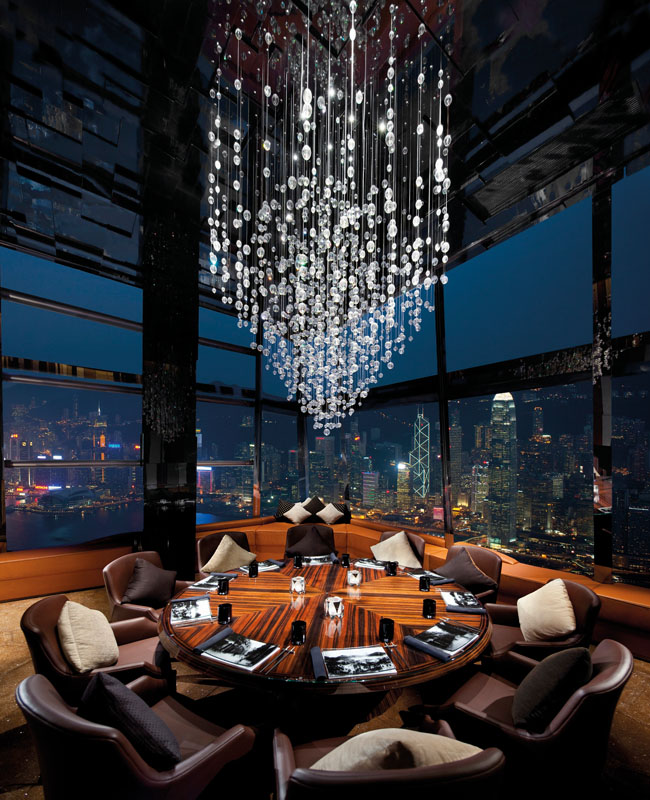
E: When did you first discover you had a passion for cooking and how did that evolve?
R: I have always loved cooking since I was little, for the simple fact that I like food and I am happy eating, and in my family nobody is a cook. When I made the decision to study cooking my family supported me completely and whilst the beginning was difficult, I was clear about my goals and had the passion to succeed.
E: In terms of career, who has influenced you the most?
R: For me, one of the great mentors has been Martin Berasategui, with whom I worked for six years in his restaurant in Barcelona. He taught me to take care of the product and the flavours, enchant the guests and always make those who try your restaurant leave feeling happy. I believe that I am a faithful follower of the teaching that even out of the simplest products a star dish can be made.
E: So how did that shape your cooking and presentation style?
R: The way that each element on the plate has to be good by itself, I think is the clear example. It is not necessary to mix all the sauce with the fish and then put the garnish on top and then eat to know that the fish is good. If you cook a good fish at the right temperature and the sauce with the right flavours, you have a dish that will delight.
E: Where do you draw inspiration for your dishes from?
R: From everywhere: the weather, the seasons, local customs or just things that I like
E: There seems to be a lot of South American-born chefs hitting the region right now. Why do you think that is?
R: For South American chefs I think there is still a lot to discover here, it is new and exciting – new flavours, new ingredients and new techniques, and at the same time, the influence of South American cuisine combined with the local flavours and ingredients is producing some incredible results.
E: What do you love most about being a chef?
R: For me the best thing about being a chef is getting to know the different ingredients and cultures. Many societies have evolved and been cultivated around the kitchen and from there you can learn about the people and their customs. I see in this profession as a career without borders, where the limit is your creativity and passion.
Green Curry Crab with Tomato and Basil
INGREDIENTS
For the green curry
- 20ml olive oil
- 250ml coconut milk
- 250ml milk
- 210ml long bean juice
- 180ml lobster broth
- 15g green curry paste
- 20g basil leaves
- 8g kaffir lime leaf
- 15g brown sugar
- 8g ginger
- 8g lemongrass
Method
- Heat curry paste and oil in a pan and sauté the mixture with brown sugar, 4g ginger and 4g lemongrass. Add the lobster broth and reduce to almost dry consistency. Add coconut milk and milk and boil for 2 minutes. Add the basil, kaffir lime leaves, the remaining ginger and lemongrass, mix with long bean juice and season with salt.
For the crab cake
- One Alaskan crab
- 50g mayonnaise
- 50g ketchup
- 2 hard-boiled eggs
- 5ml brandy
- Chives
Method
- Mince then combine all ingredients. Use 60g per cake, brush with olive oil and grill both sides until charred.
Presentation
Arrange the individual crab cake on the plate and add drops of green curry and tomato water jelly. Decorate with small buds of basil cress.


